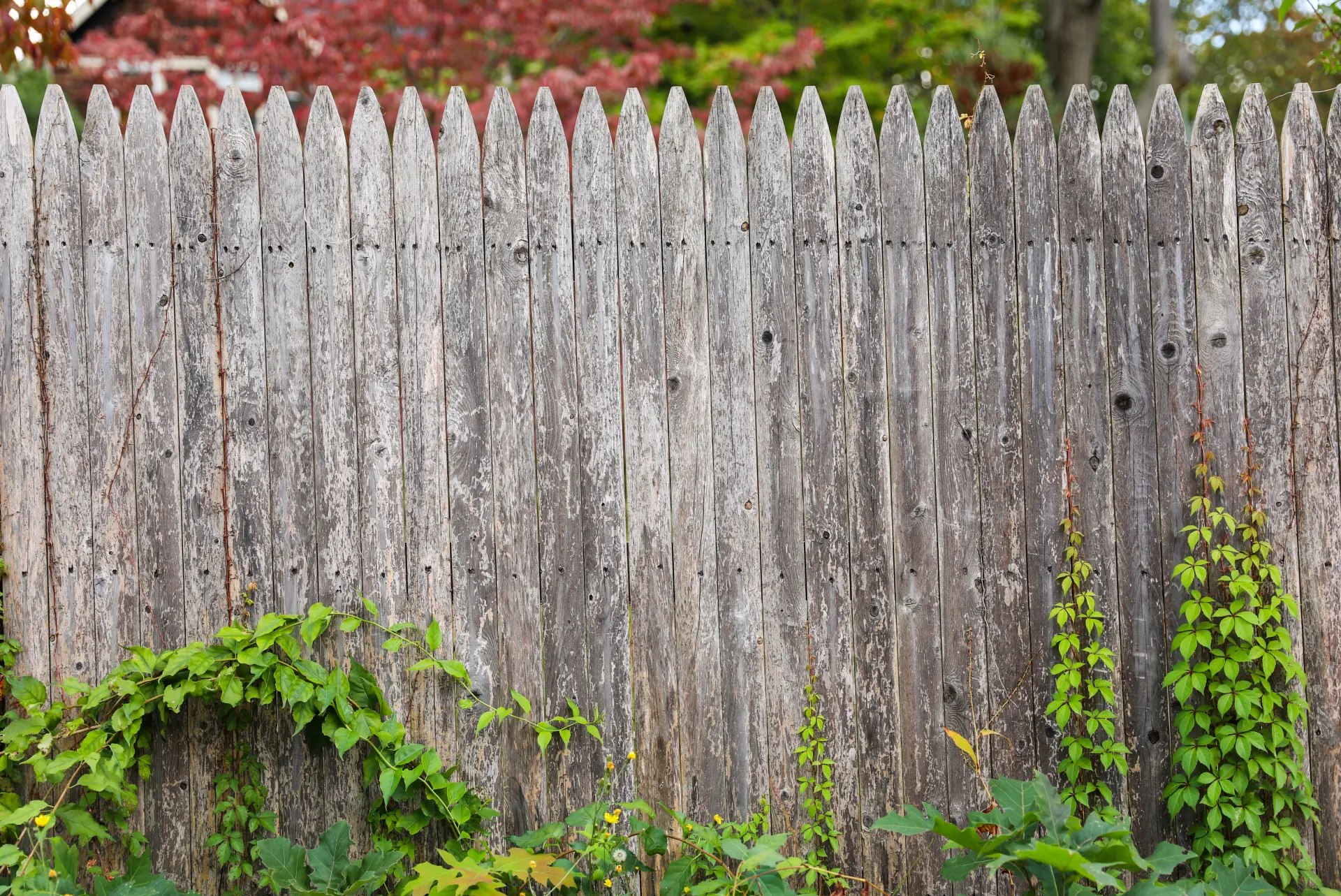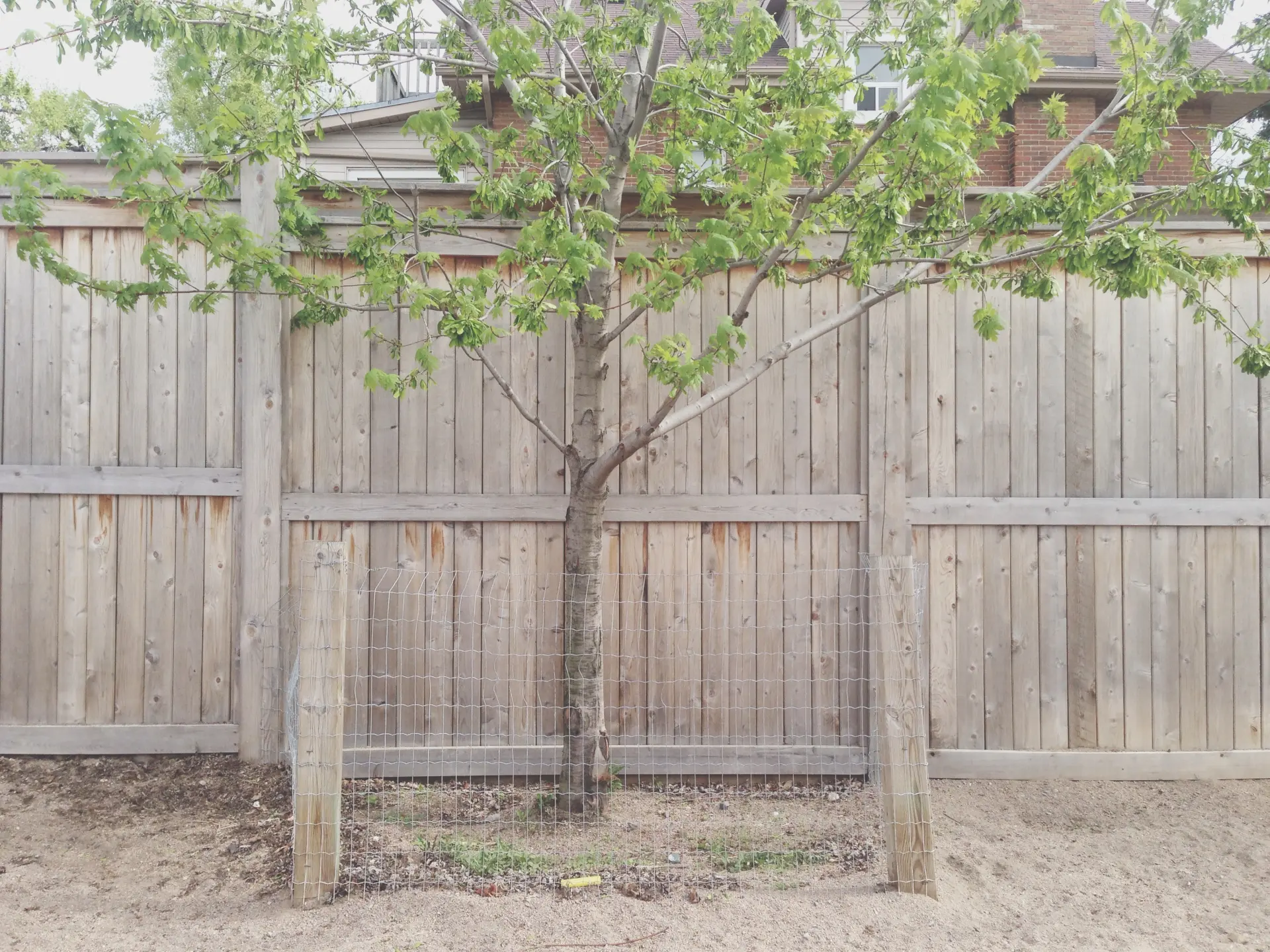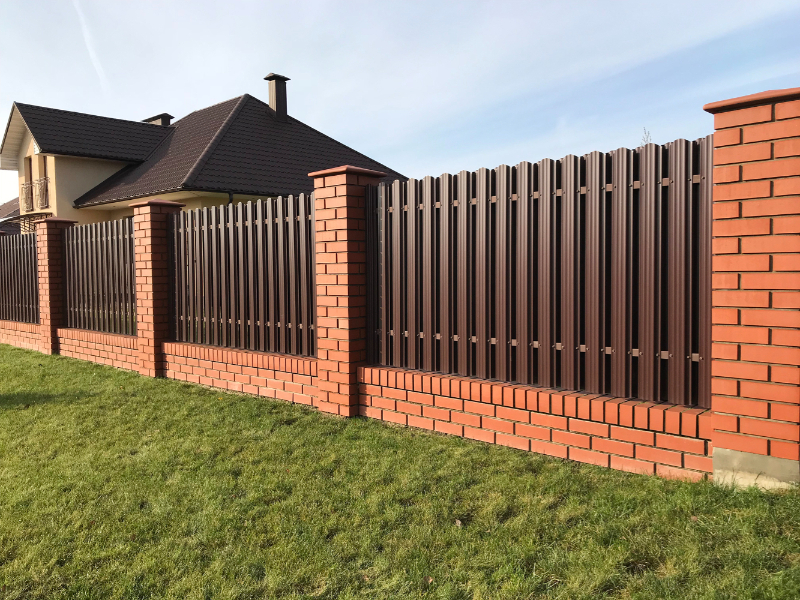Learn how to choose the perfect garden fence for your outdoor space by considering factors such as privacy, security, and design. From classic wooden panels to modern metal fencing, understand which materials and styles suit your needs while complementing your garden's aesthetic.
Discover tips for selecting durable, weather-resistant options that provide protection and enhance your landscape's appeal. With the right guidance, choosing a garden fence becomes easy, ensuring both functionality and a beautiful finish that elevates your property's look and feel.
Where will the fencing be installed?
The first thing to consider when choosing a garden fence is where it will be installed. For front gardens, homeowners often choose shorter, more decorative fencing options, such as picket fences or low-level railings.
These types of fences add a welcoming touch without obstructing the view of the property. In contrast, back garden fencing usually requires more height to ensure privacy and security.
Fencing panels that are taller and more robust, like close board fence panels, can create a safe and secure area for children and pets to play. Additionally, the geographical location of your home can play a major role. If you live in an area prone to strong winds, you might want to consider options that allow wind to pass through, such as slatted fence panels.
Always keep in mind the local climate and weather conditions when choosing the type of fence to install. It’s important to also think about the material of your fencing. Wooden fences are traditional and can blend in seamlessly with garden surroundings, but they require regular maintenance to prevent rot and decay.
Metal fences, like aluminium or steel, are more durable and require less upkeep but may not offer the same aesthetic appeal as wood.
Lastly, consider the legal aspects. Depending on where you live, there may be regulations about the height and style of fences you can install. Check with local authorities to ensure compliance with any rules or guidelines.
Choosing the right garden fence involves a balance of aesthetics, functionality, durability, and local regulations. By considering all these factors, you can select a fence that perfectly suits your needs and enhances the look and security of your garden.
What size fencing should you choose?
The size of the fencing you choose is critical for its effectiveness and aesthetic appeal. It’s important to know why you’re installing the fence and what you want to achieve.
For example, tall fences are commonly used to provide privacy and security. If this is your primary concern, a height of 1.8 to 2 metres is a good idea for both privacy and security in back gardens.
Conversely, shorter fences are better suited for front gardens where aesthetics are more important than privacy.
Fences around 1 metre high can create a welcoming boundary without making the garden feel enclosed. These shorter fences are ideal for showcasing your front garden while adding a touch of elegance and structure.
The size of the fencing can also help define the space within your garden. Smaller fences or edging can be used to separate garden beds, while taller fencing can create secluded areas within the outdoor space.

This can be particularly useful for zoning different areas of a garden, such as creating a dedicated play area for children or an intimate seating area for relaxation.
Additionally, when installing any type of fencing, it is essential to consider local regulations. Remember to check with your local council for any restrictions on fence heights, especially if your property is located in a conservation area.
Compliance with these regulations can prevent potential legal issues and fines. In summary, selecting the correct height and size for your fencing can greatly enhance your garden’s privacy, security, and aesthetic appeal.
Whether you are looking to create a safe and private environment or add a decorative touch to your front garden, understanding your goals will help you make an informed decision. Careful planning and adherence to local guidelines will ensure your fencing meets your needs while adding value and beauty to your property.
Is the fence for security?
If your primary concern is security, there are specific factors to consider when choosing your garden fence. A secure fence needs to be both tall and strong. Close board fence panels are a commonly used option for creating a secure perimeter. These solid panels are robust, making it difficult for intruders to climb over or break through.
Fence posts are equally important. Make sure they are firmly installed and built to last. Posts should be made of durable materials such as treated timber or metal to ensure longevity. Well-installed fence posts will prevent the fence from leaning or getting damaged over time, even in strong winds.
Adding trellis to the top of your fence can also add an extra layer of security without sacrificing aesthetics. Trellis panels are harder to climb and can also support climbing plants, which can provide additional privacy.
Lockable gates are another essential component of a secure fence. Ensure that gates are as robust as the fence panels, with strong locks that are out of reach of anyone trying to gain access. By considering these steps, you can create a garden fence that keeps your property safe and secure.
Is the fence just for style?
When choosing a garden fence primarily for style, there are countless design options to elevate your outdoor space. Start by considering the overall theme of your garden. For a modern, contemporary look, slatted fence panels with horizontal slats can add clean lines and a minimalist aesthetic. These types of fences also provide good air circulation and allow light to pass through, creating a more open feel.
For a more traditional look, picket fences or close board fences offer a classic charm. Timber fencing panels can be painted or stained to match the rest of your garden design and add a cohesive look.
You can also incorporate decorative elements like lattice tops or trellis panels to make your fence stand out. These features not only add style but can provide support for climbing plants, turning your fence into a living wall of greenery.

Colour choices can also significantly impact the style of your garden fence. Bold, bright colours can create a striking focal point, while natural tones can blend seamlessly with the surrounding plants and structures. Selecting a fence just for style gives you the freedom to get creative and design a unique and personalised outdoor space.
What materials are available?
Choosing the right materials for your garden fence is crucial for both its appearance and longevity. Timber fencing panels: Popular due to their natural look and versatility.
- Timber fencing panels come in a range of styles, such as close board and slatted. Treated timber can resist rot and insect damage, ensuring a long-lasting fence.
- Metal fences: Steel or aluminium fences are strong and durable. These materials are often used for decorative panels in front gardens or for secure fencing around the property. Metal fencing requires less maintenance than wood and can be a good option in areas prone to strong winds.
- Vinyl or PVC fencing: Low-maintenance and available in a variety of styles and colours. Resistant to rot, pests, and harsh weather.
- Composite materials: Combine wood fibres and plastic. These fences mimic the look of natural timber but require far less maintenance, offering longevity and durability.
When choosing the material for your garden fence, consider the climate, the level of maintenance you’re willing to commit to, and the style you want to achieve. Timber may require regular staining or painting to maintain its appearance and durability.
Meanwhile, metal, vinyl, and composite fences generally need less upkeep, making them suitable for those who prefer a low-maintenance option. It's also essential to consider the environmental impact of your choice. Timber from sustainable sources is an eco-friendly option, while recycled materials in composite fences can also be a greener alternative.
The initial cost and long-term investment are factors to weigh as well. While timber may be cheaper upfront, the longevity and minimal maintenance of metal, vinyl, or composite fences can offer better value over time. Exploring the range of materials available can help you find the right fence for your garden’s needs and style. With careful consideration, you can select a garden fence that not only enhances your outdoor space but also stands the test of time.
Maintenance and Longevity
A garden fence is an investment, so maintenance and durability should always be part of your decision. Wooden fences may need painting, staining, or treatment every few years to protect them from rot and fading caused by sunlight. Choosing pressure-treated timber can increase longevity and reduce the risk of decay.
Metal fences may only need occasional cleaning and checks for rust, while composite and vinyl fences typically require little more than a quick wash to keep them looking fresh.
Check your fence regularly for gaps, damage, or leaning posts to ensure it remains secure and safe. Making small repairs quickly can prevent bigger, more expensive problems later.

Budget and Cost Considerations
While it may be tempting to buy the cheapest fence panels available, thinking long term is important. High-quality products may cost more initially but often last longer, require less maintenance, and provide better security.
Factor in the cost of accessories such as fence posts, gates, paint, or stain, and remember installation costs if you are not completing the project yourself. By setting a realistic budget and balancing upfront expenses with long-term durability, you can make sure your fencing project is a worthwhile investment.
Final Tips for Making the Right Choice
Define your priorities: Is the fence for privacy, security, or style?
- Match the style of fencing to your home: Ensure the design complements your property.
- Think about durability: Choose a product that will withstand years of weather and use.
- Plan before you buy: Measure your outdoor space carefully and account for posts, gates, and accessories.
- Check regulations: Make sure your project complies with local rules on fence height and placement.
By taking the time to evaluate your options, you can choose a garden fence that looks great, works well, and provides lasting value for your home.

Are you looking for garden fencing in Bicester, Milton Keynes and Buckinghamshire? If you require new gates and fencing, contact our fencing contractors in Milton Keynes today. Our garden design experts can supply and install beautiful fencing for you and your family to enjoy for years to come.


